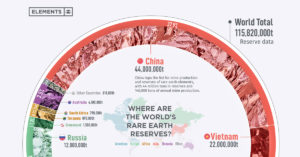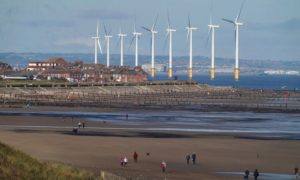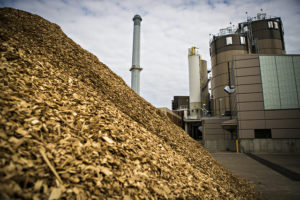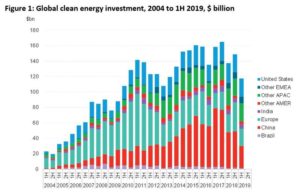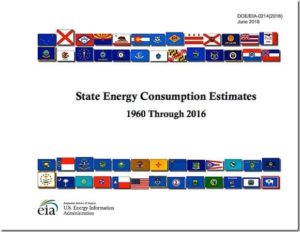by E. Worrall, Aug 21, 2025 in WUWT
Inflexion Point: Renewable Energy Is Cheaper Than Fossil Fuels
The tipping point between renewable energy and fossil fuels has been reached, says a new United Nations (UN) report. The UN Secretary-General Antônio Guterres said that we are entering a renewable era and leaving the era of fossil fuels. According to the report, ‘In 2024, renewables made up 92.5% of all new electricity capacity additions and 74% of electricity generation growth’. While almost the entire world has increasingly switched to renewables, the United States stands out as the sole ‘dissident’, with the Trump administration denying climate change and still backing fossil fuels.
…
The long-talked-about renewable transition is finally here! The question is, do we have the political will to do what is not only necessary in climate terms but also economically a better option for all of us? Or will the old fossil lobby, particularly in the US, sabotage humanity’s transition to a low-carbon future?
…
Not surprisingly, an analysis—Li, M., Trencher, G., & Asuka, J., Feb 16, 2022, PLOS ONE —of their business activities shows, ‘a continuing business model dependence on fossil fuels…We thus conclude that the transition to clean energy business models is not occurring, since the magnitude of investments and actions does not match discourse’. In other words, oil companies are continuing with their business as usual under the cloak of carbon capture, grey hydrogen, etc., along with a lot of hot air. Incidentally, these four companies alone are responsible for 10% of all global warming in the world since 1965.
…
The only country acting as the spoiler is the United States, which, though it is no longer competitive in manufacturing, believes that it can extract ‘rent’ from others. This is the new G1’s ‘Trump-based world order’, instead of the G7’s so-called ‘rule-based world order’.
What about that cited UN report?
…


